Archaeology Works
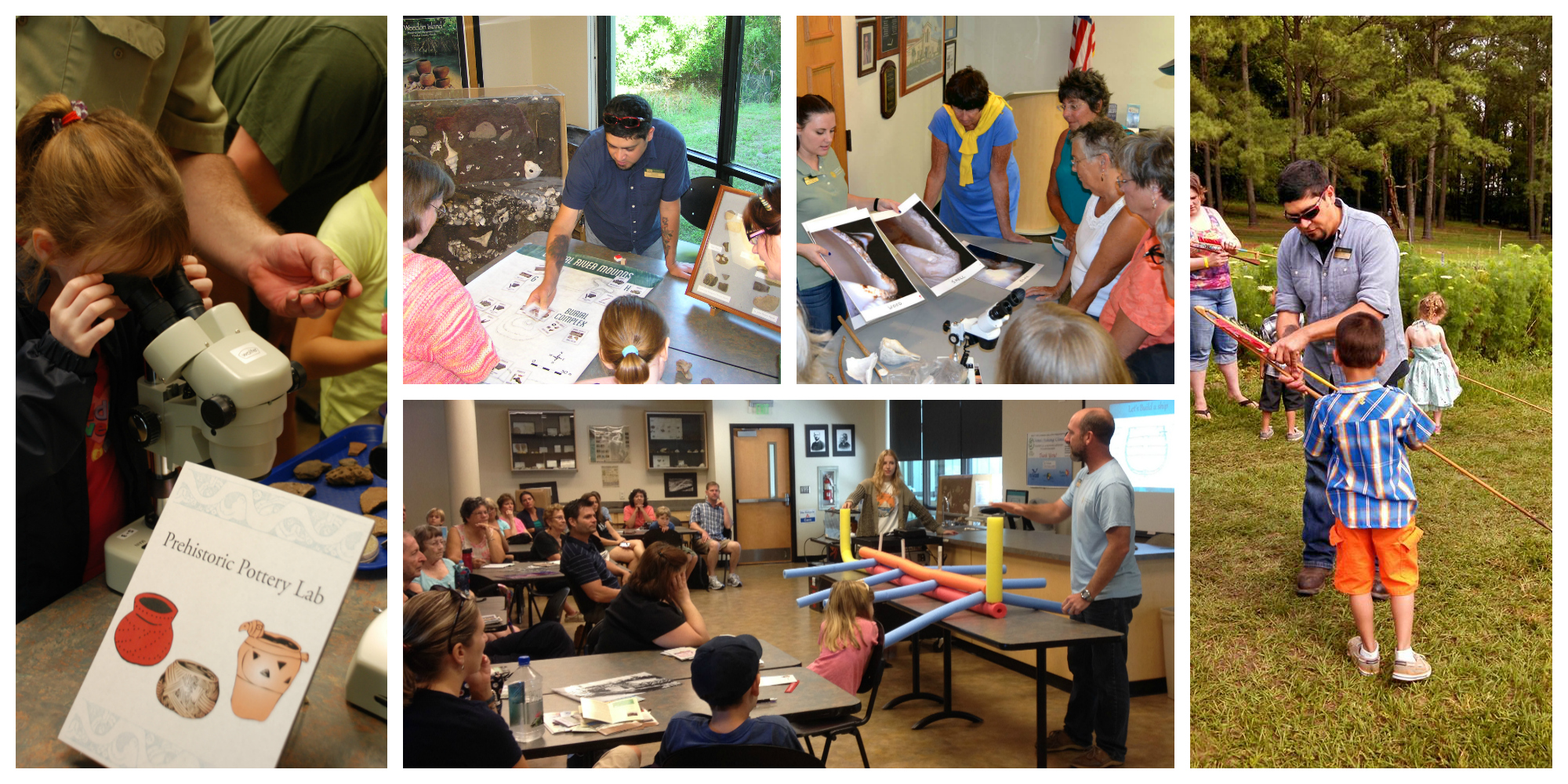
These hands-on workshops focus on different archaeological subjects but are designed for people of all ages. Participants explore archaeological topics through a short presentation then activities, demonstrations, and real artifacts in order to investigate the past like an archaeologist. Archaeology Works workshops are generally 2 hours long and are meant for the general public. Past workshop topics have included: flotation, shells, pottery, hunting technology, food, dating, shipwrecks, dirt, bones, fishing, and ceramics. Contact your local FPAN regional center if you are interested in attending or setting up one of these programs in your area.
Archaeology Works: Bones
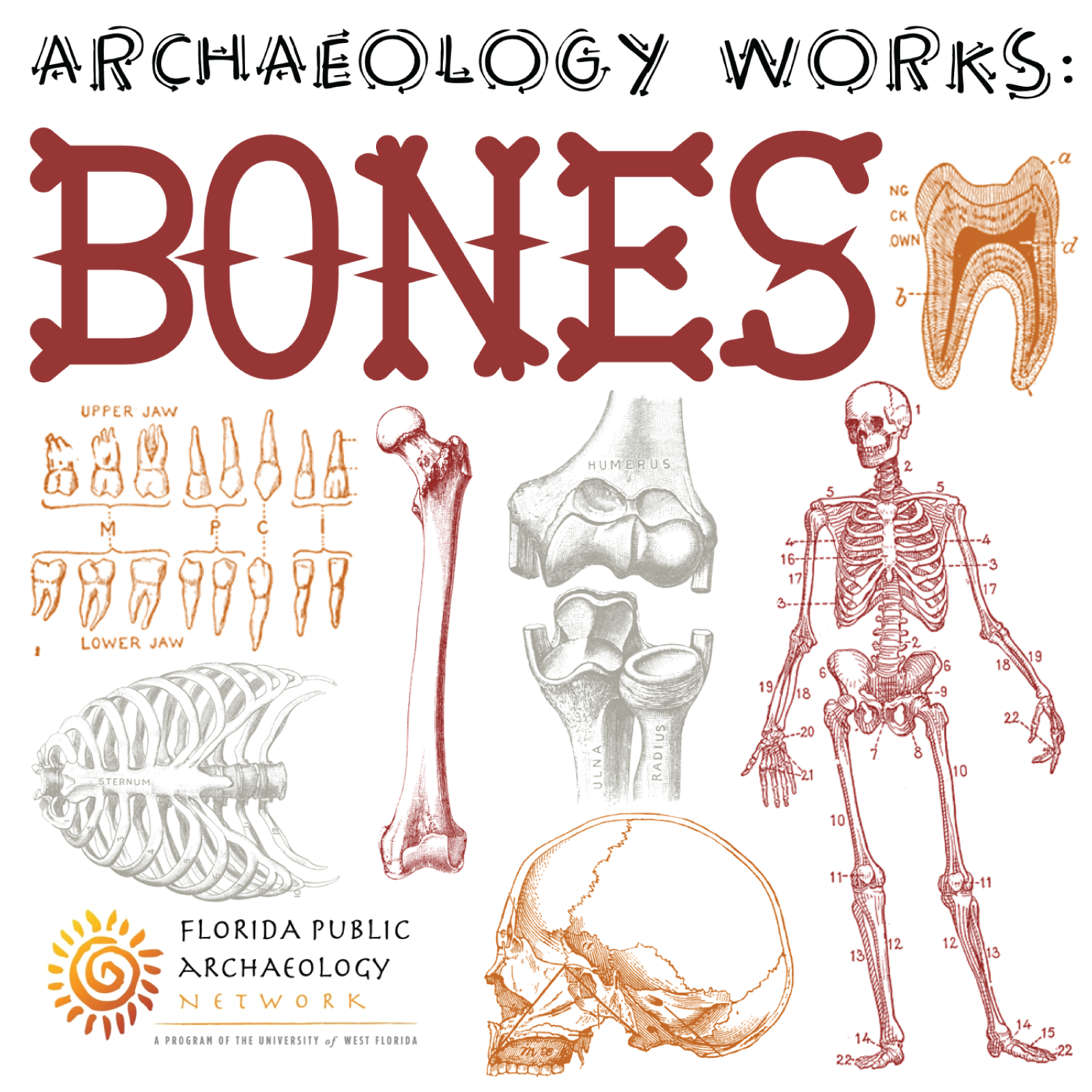
Skeletons aren’t just spooky decorations to put up around your house at Halloween, to archaeologists they are also important windows into the past. Just like other artifacts that archaeologists find, bones can say a lot about past people’s diets, activities, and general health. Learn to identify different bones from the human body, as well as how archaeologists study them to learn about people in the past.
Archaeology Works: Ceramics
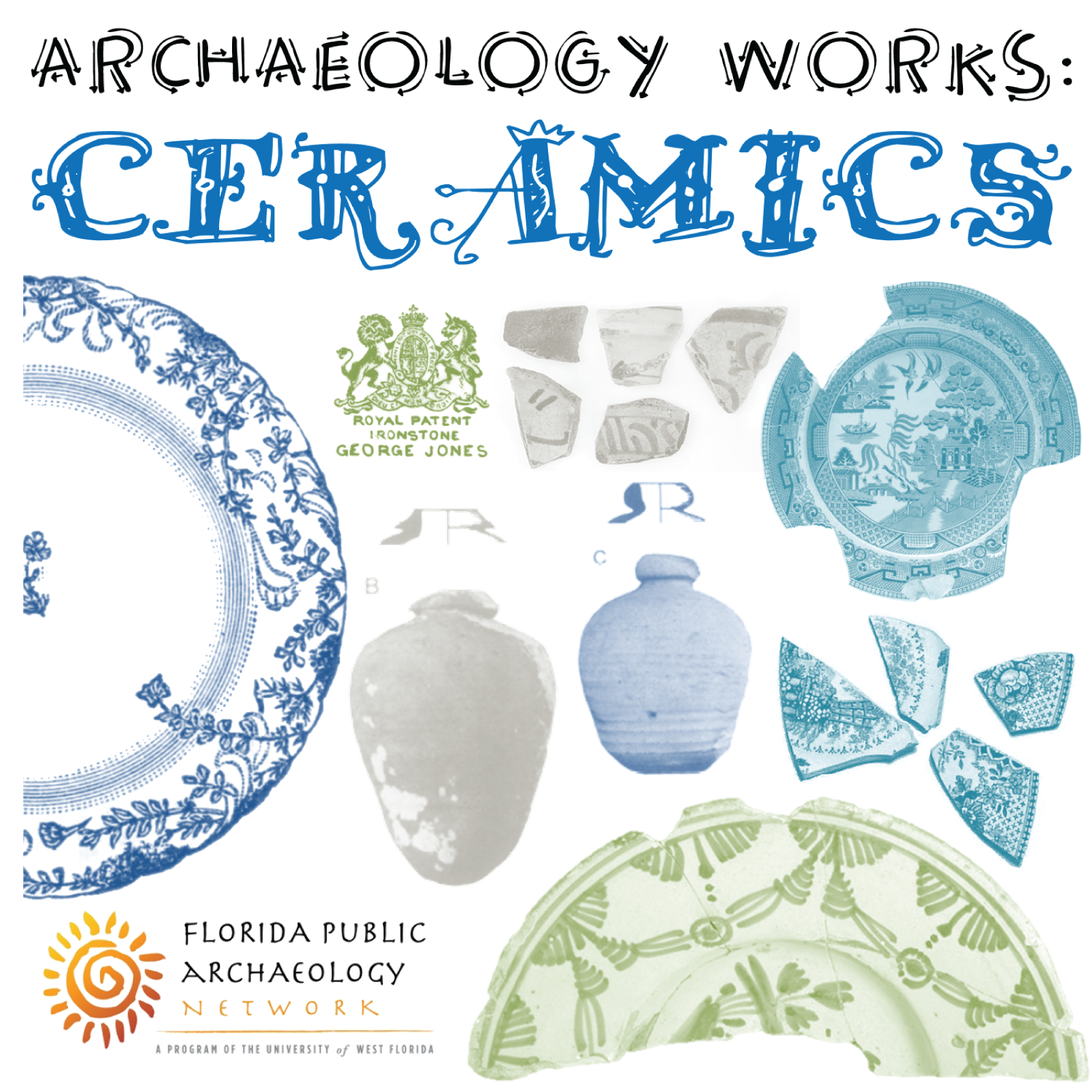
Archaeology isn’t just about the prehistoric past, it can also shed light on more recent people who lived in Florida. Learn about how archaeologists study Florida’s historic residents through the ceramics they left behind. Through a short presentation and hands-on activities, participantswill get to try their hands at analyses archaeologists use to “tell time” with plates.
Archaeology Works: Dirt
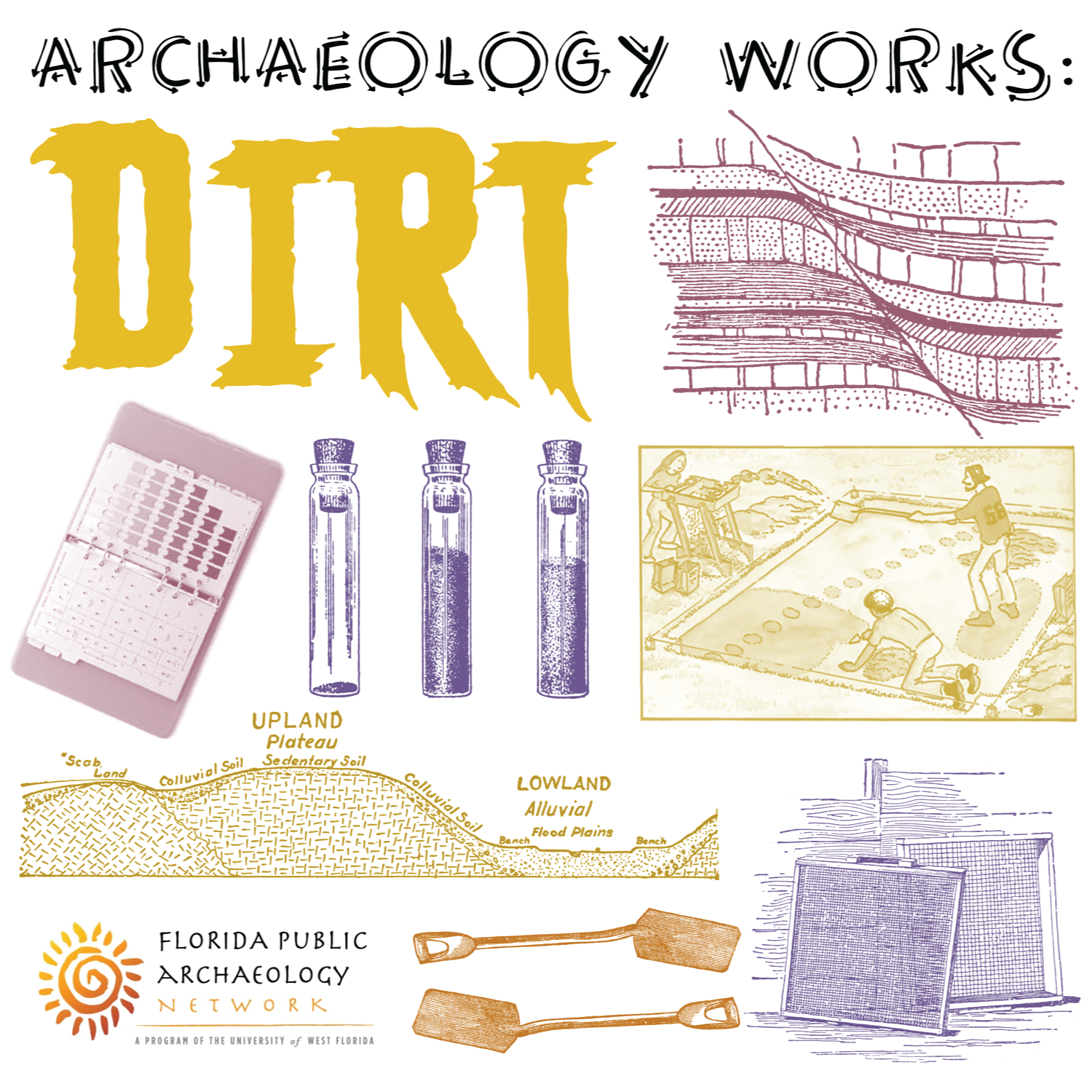
Archaeologists spend a lot of time in the dirt, but what can the soil tell us about people in the past? By studying the layers of soil in the ground and its composition we can learn more about how old a site might be or what activities occurred there. Learn how to get your hands dirty like an archaeologist and explore some of the techniques they use to study the history beneath your feet.
Archaeology Works: Food

The foods we eat say a lot about who we are; one family’s comfort food might be another’s worst nightmare! Just like other artifacts that archaeologists find, food remains can say a lot about past people’s diet, environment, and culture. Learn how archaeologists study tiny bits of food to learn about people in the past, then try your hand at identifying different animal bones and seeds that might have made up an ancient meal.
Archaeology Works: Maps
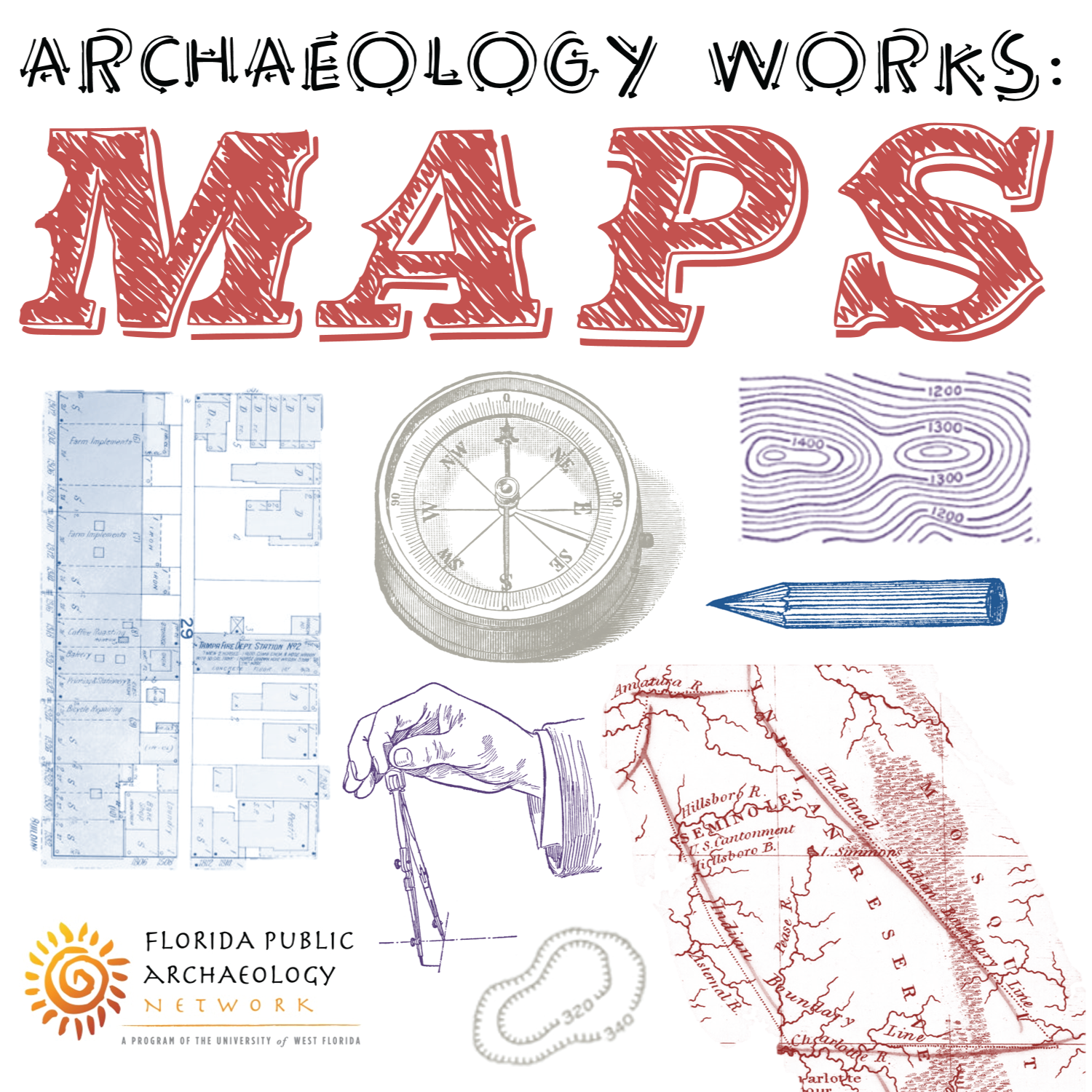
Archaeologists use maps, both old and new, in every aspect of what they do. Maps can reveal the location of a long-lost building, show hidden features of a prehistoric landscape, or even create a record for future researchers. Join archaeologists from the Florida Public Archaeology Network as they reveal some map mysteries from throughout the Tampa Bay area, then learn some compass skills so you can make a map of your own!
Archaeology Works: Pottery
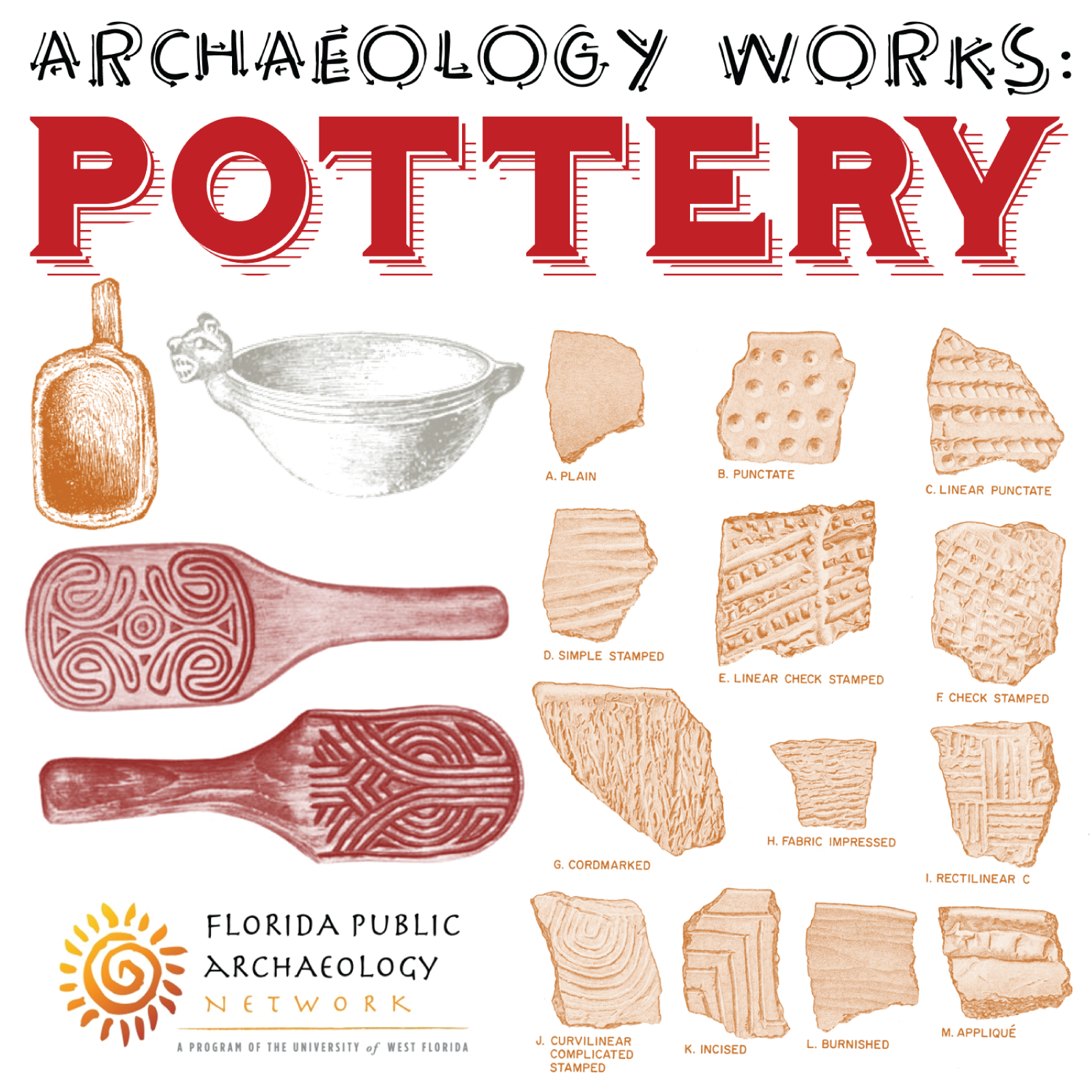
Pottery was a vital part of life in Florida for the past 3,000 years, but it is also an important clue for archaeologists today. Learn to identify different prehistoric pottery types from around Florida and the ways archaeologists use them to learn about people in the past.
Archaeology Works: Shipwrecks
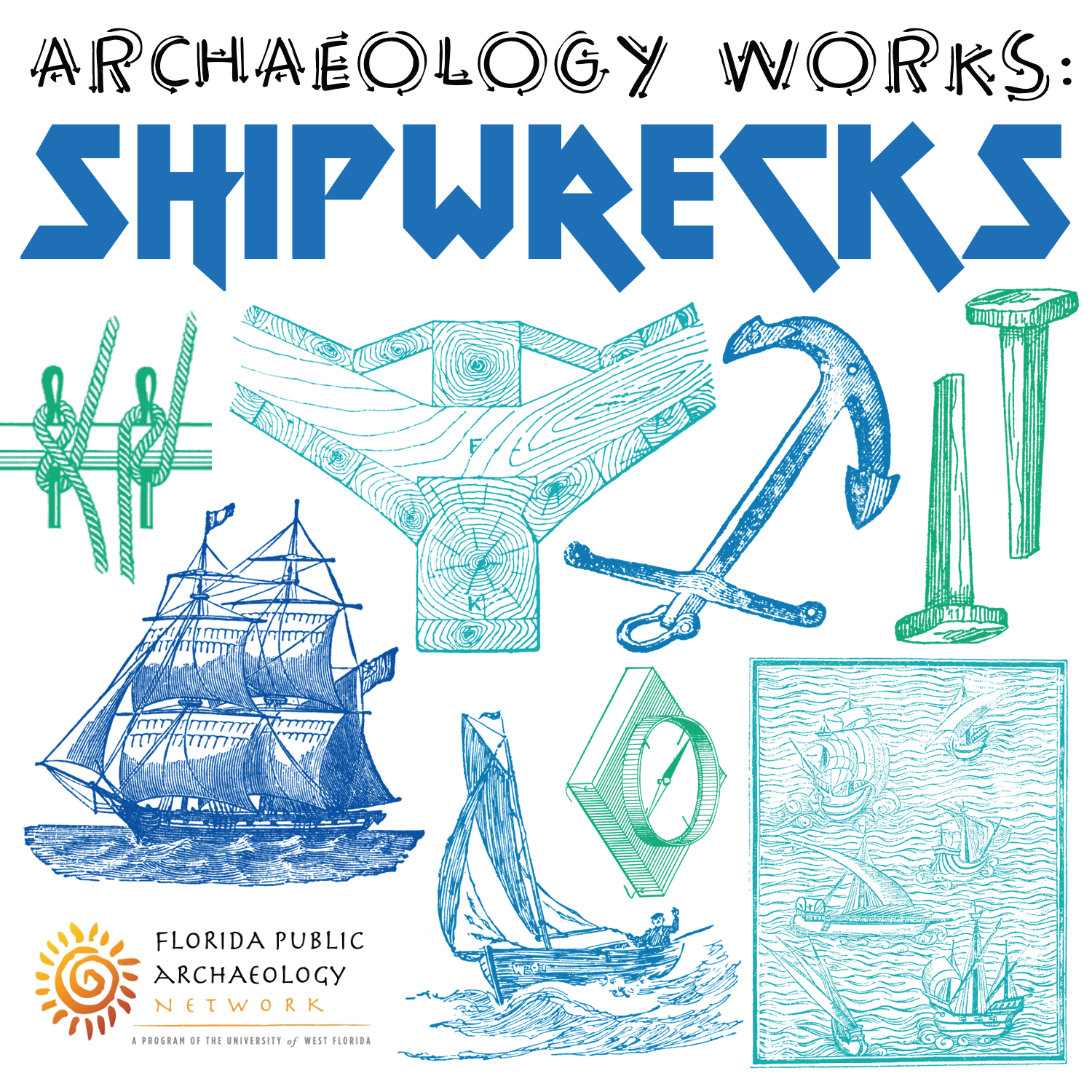
Archaeologists don’t just look for sites on land, sometimes they look beneath the waves for clues. When a ship sinks it becomes a sort of time capsule that archaeologists can use to answer important questions about past technologies and ways of life. Learn to identify different parts of a ship, as well as how archaeologists study their contents to learn about people in the past.
Archaeology Works: Teacher's Edition
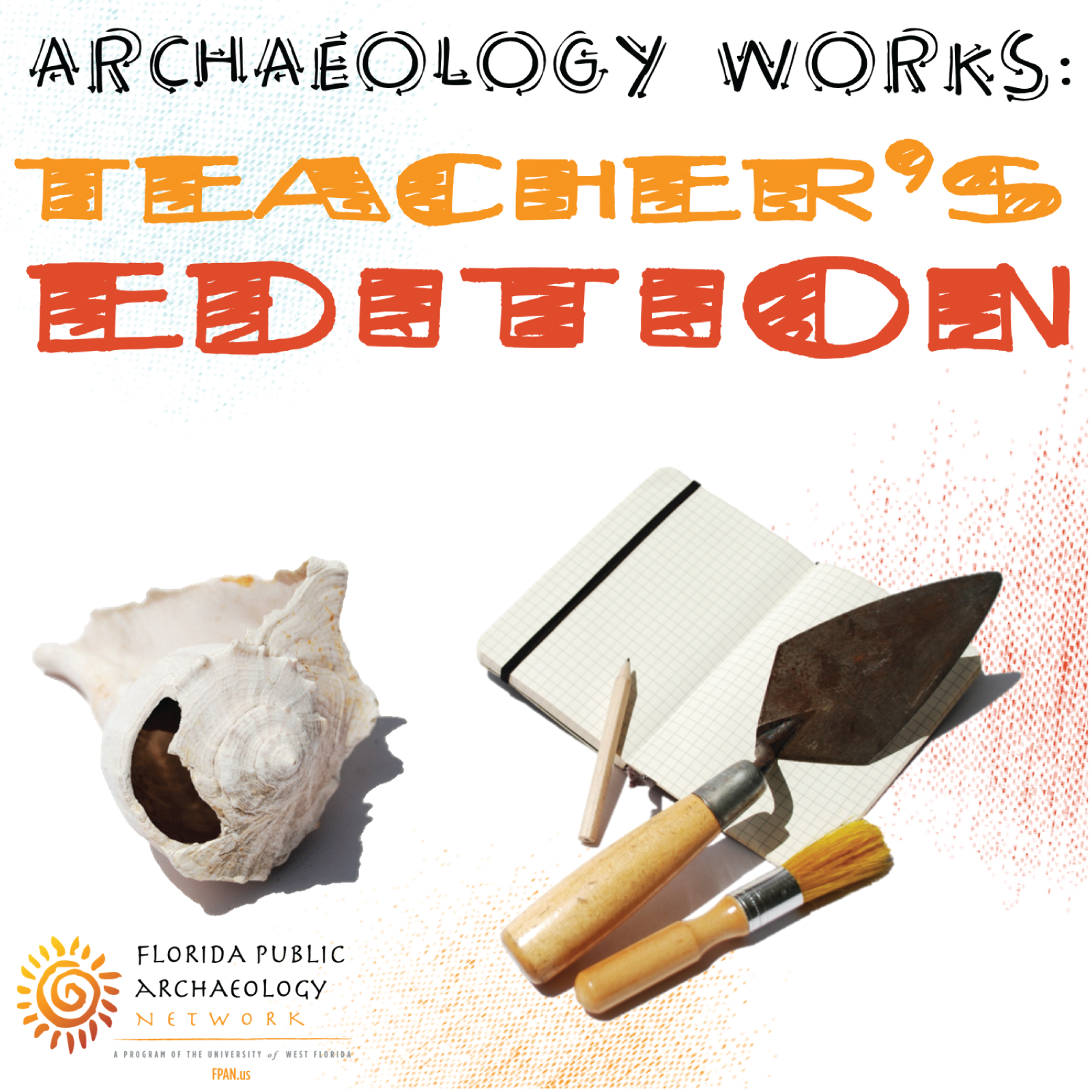
Teachers, educators, docents, and homeschoolers, this workshop is just for you! Archaeologists from the Florida Public Archaeology Network have teamed up with curriculum developers to put together a new 4th and 5th grade STEM curriculum based on Florida archaeology called “Exploration: Archaeology.” In this workshop you will learn about 12,000 plus years of Florida prehistory as well as how archaeologists use the scientific method to examine the past. We will discuss strategies for bringing archaeology into your classroom through Inquiry Based lesson plans and activities from the “Exploration: Archaeology” curriculum. Even if you don’t teach these specific grades, this workshop will be full of great information and hands-on activities you can adapt to your needs.
Archaeology Works: Canoes
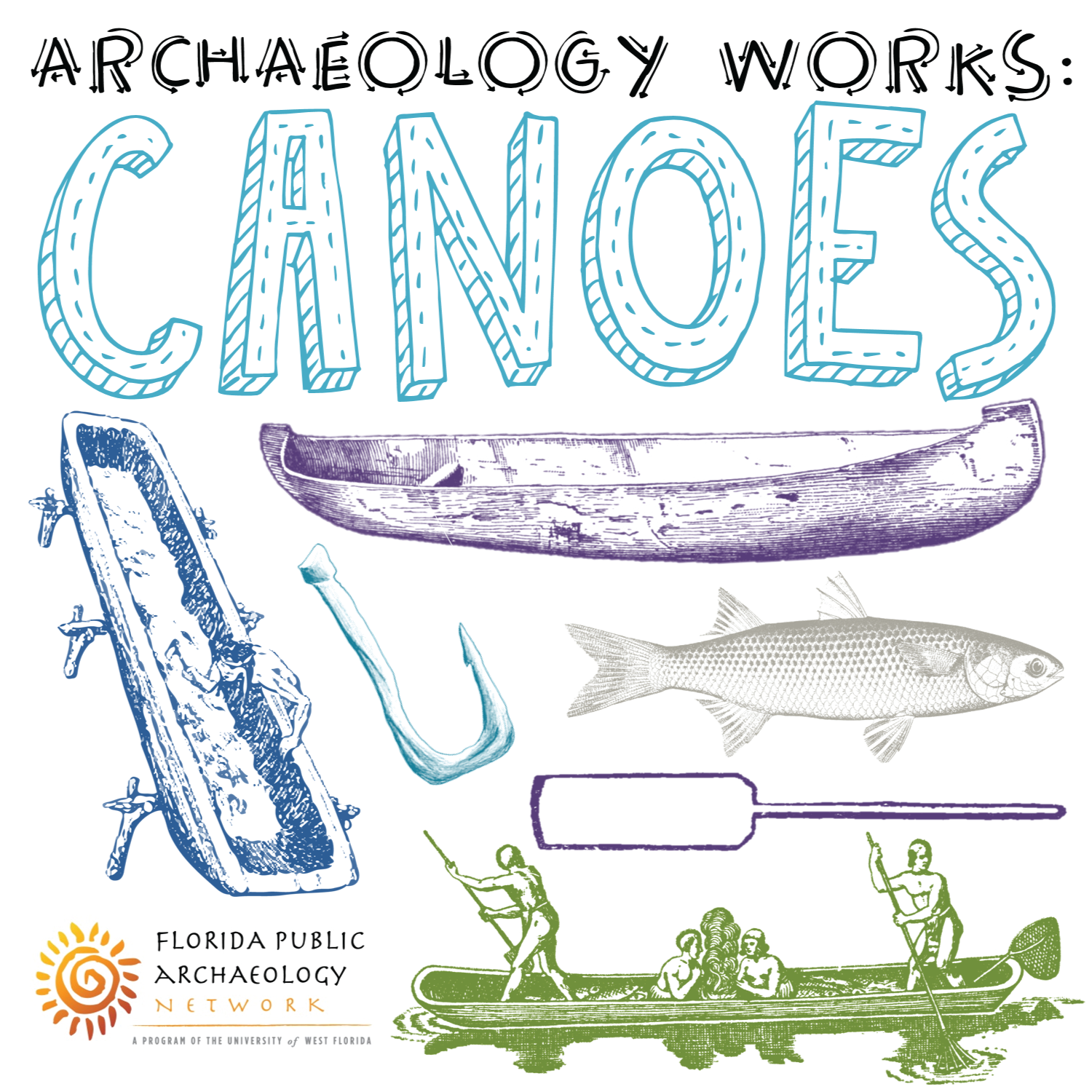
Rivers were once the highways of prehistoric Florida, but how did Native Americans make the canoes they used to get around? Join archaeologists from the Florida Public Archaeology Network to explore the ancient dugout canoes of Florida.
Archaeology Works: Dating
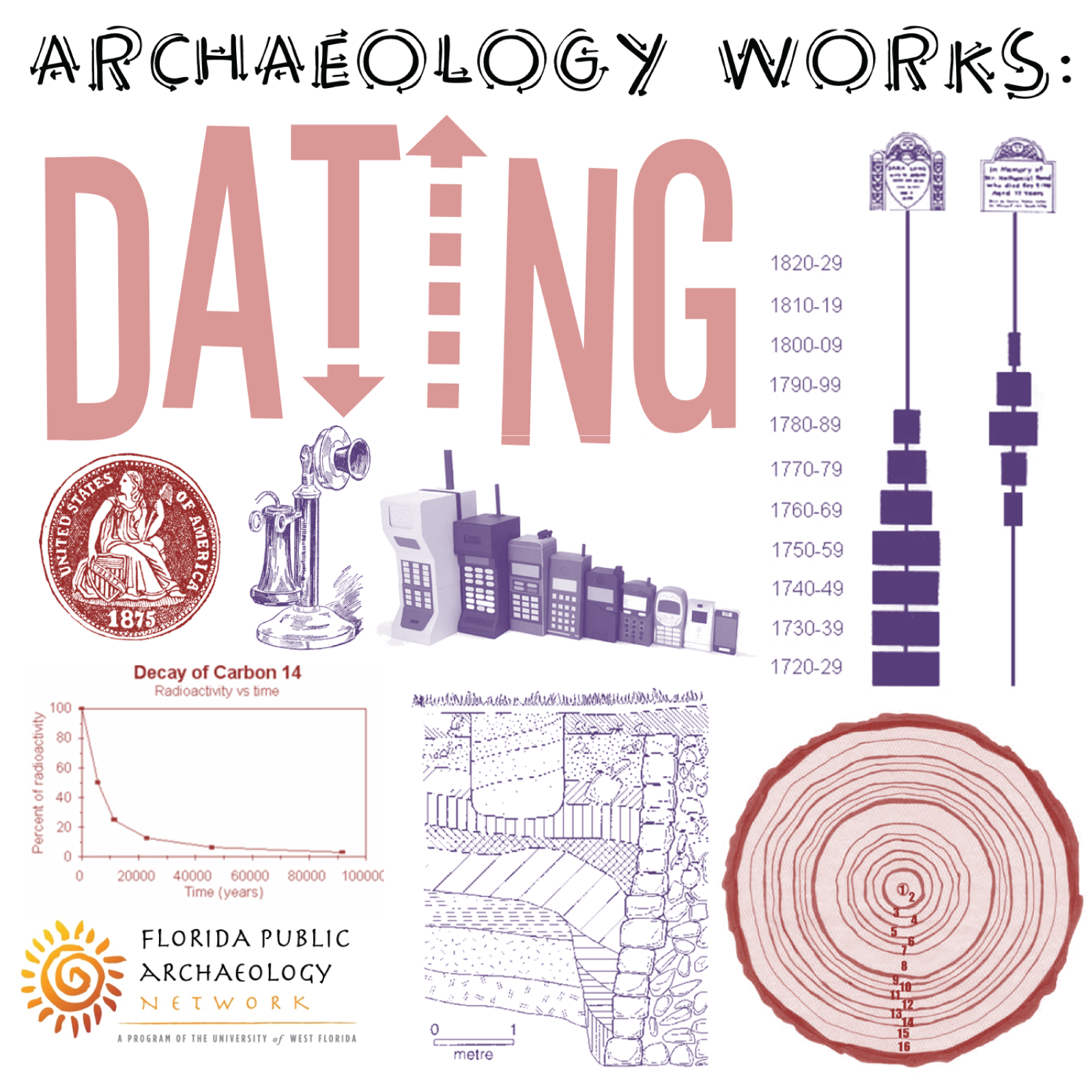
Archaeologists find lots of clues to the past, but how do they figure out how old all those dusty artifacts are? From looking at how artifact styles change through time to running high tech tests on them to get a better date, archaeologists have many different dating techniques at their disposal. Learn about a few of these different dating methods, then try them out and see if you can get a date!
Archaeology Works: Fishing
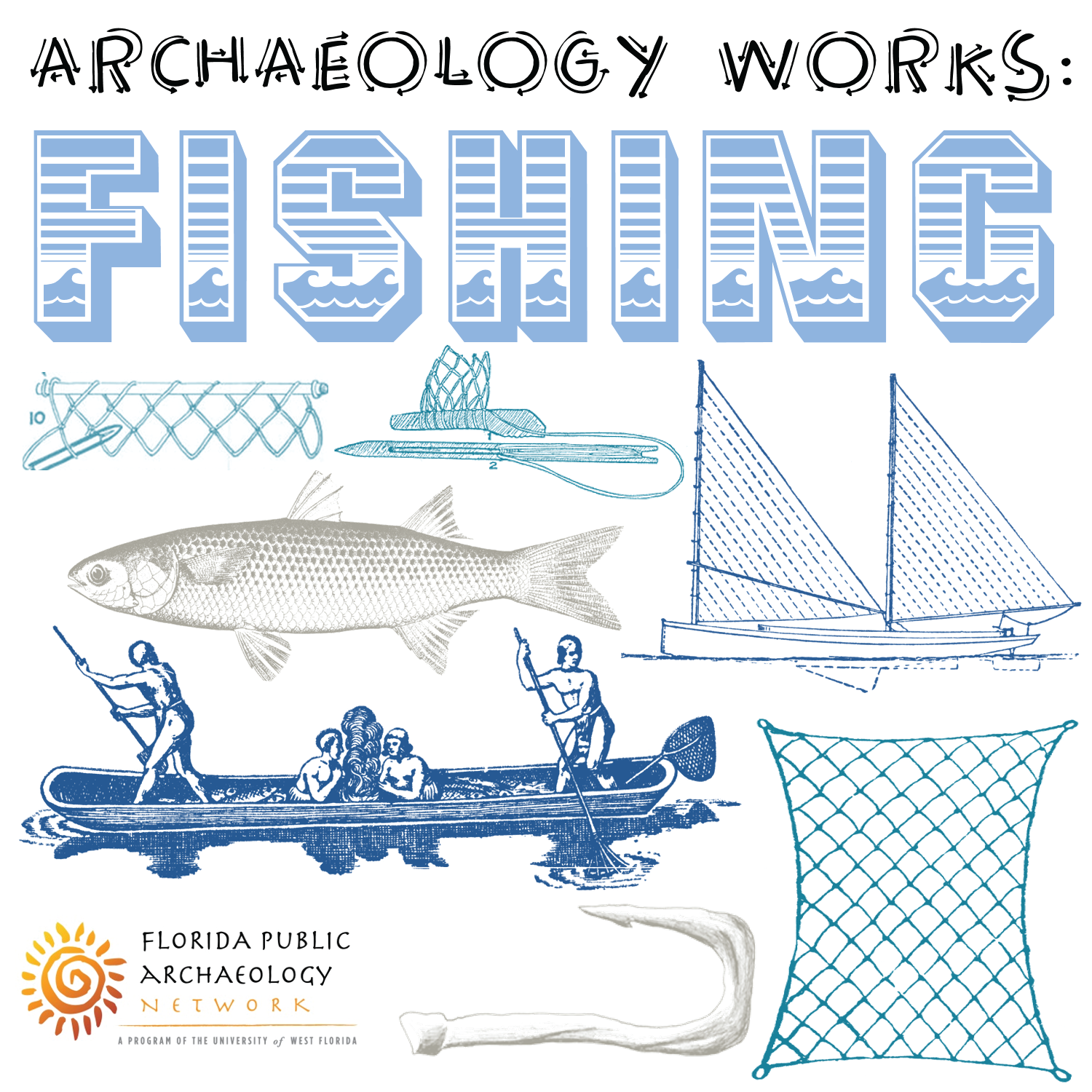
People have been fishing Florida’s rivers, lakes, and coastal waters for thousands of years, but how did they catch their meals without the modern gear we use today? Archaeologists have found tantalizing clues about how Florida’s first residents fished these waters. Learn all about the different fishing techniques Native Americans used and how archaeologists study artifacts linked to fishing like dugout canoes, ancient fishing hooks, and nets.
Archaeology Works: Hunting Tech
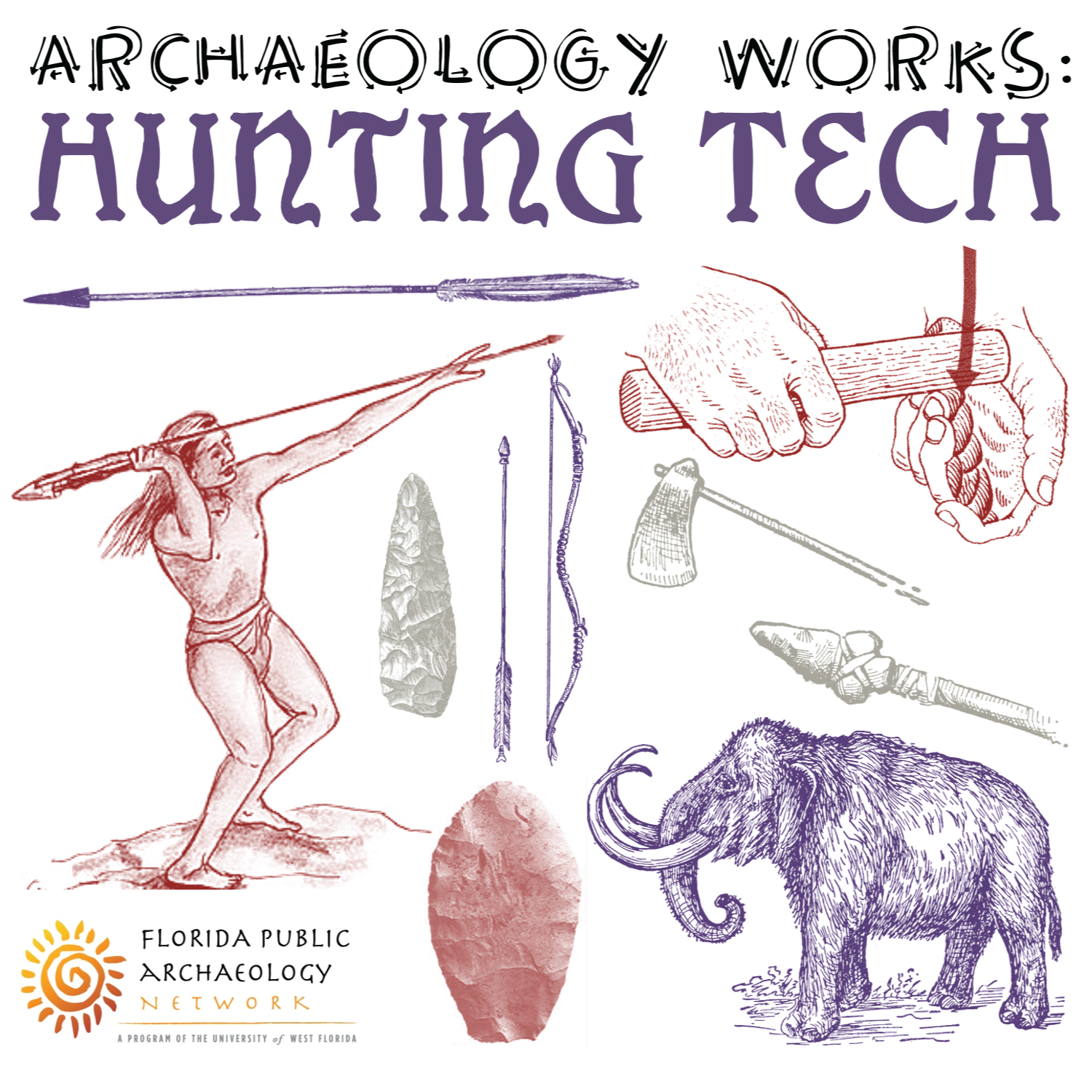
How would you put dinner on the table if you were living in prehistoric Florida? Archaeologists look at how artifacts like stone tools change through time to learn about advances in ancient hunting technology. Learn about these changes and try your hand at the atlatl, a prehistoric hunting tool used in Florida before the bow and arrow.
Archaeology Works: Mounds and Middens
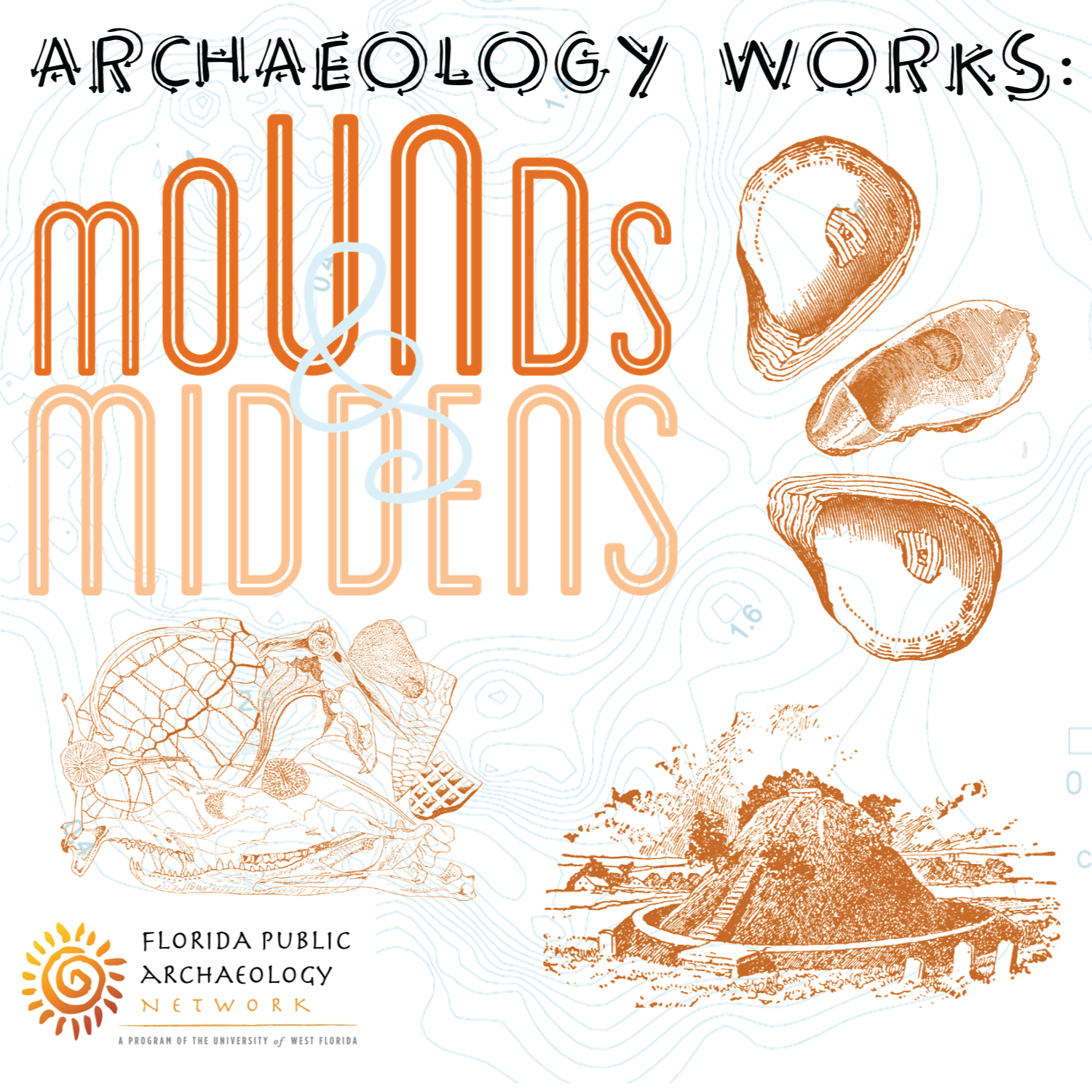
What’s the best way to learn about a person, whether they lived thousands of years ago or today? Look through their garbage of course! Archaeologists study prehistoric trash piles or middens to gain a wealth of information about the past. They also investigate purpose built mounds that still dot the Florida landscape in order to learn about prehistoric societies. Learn the difference between a mound and a midden in this fun and hands-on workshop.
Archaeology Works: Shells

Archaeologists study ancient shells to not only learn about the diets and tools of prehistoric Floridians, but also the environments they lived in. Learn to identify different shell types from around the Tampa Bay area and the ways archaeologists use them to learn about the past.
Archaeology Works: Stars
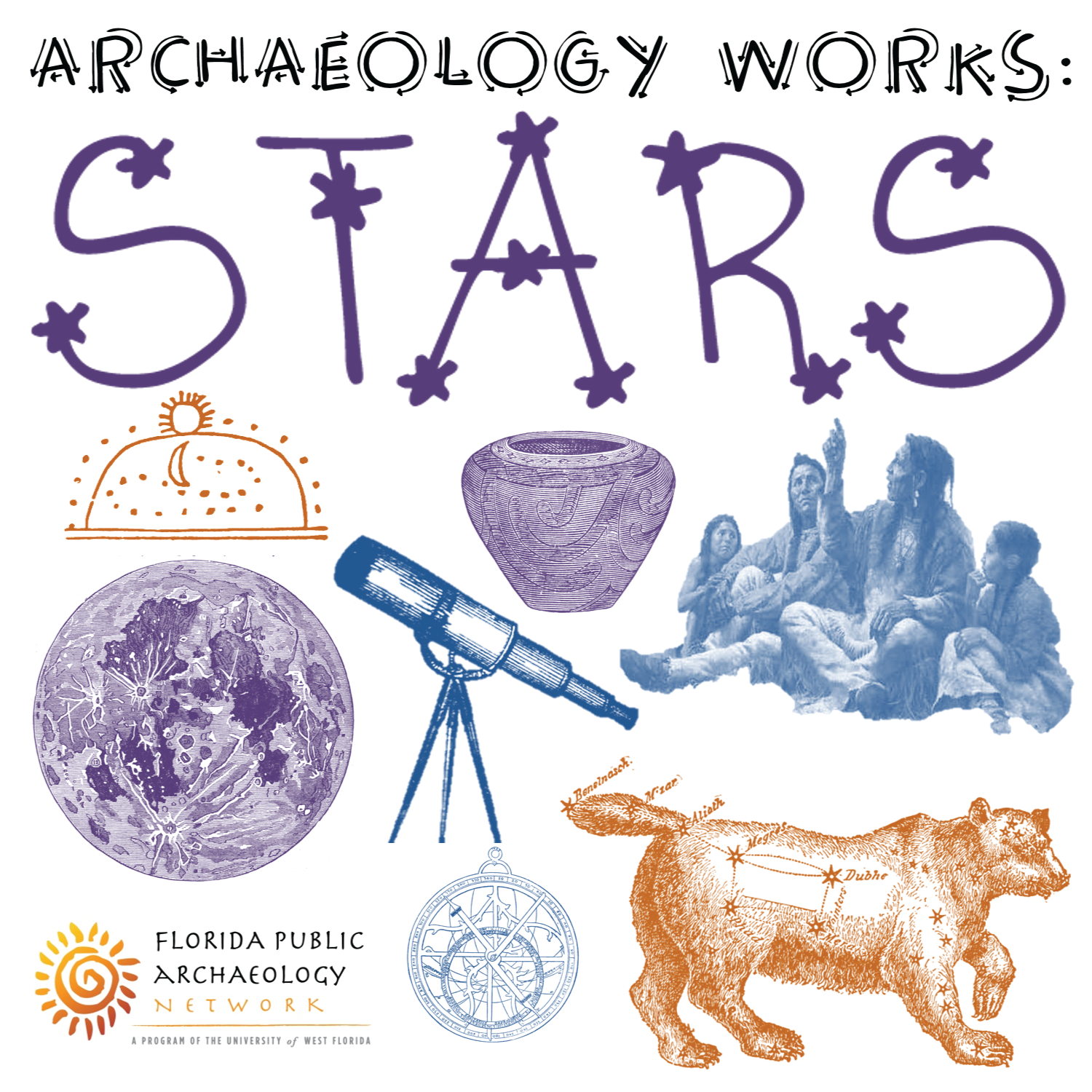
Native Americans used the stars to tell stories, keep track of seasons and to get from place to place. Learn more about the importance of the night sky in prehistoric times and the techniques archaeologists use to unlock their ancient mystery.
